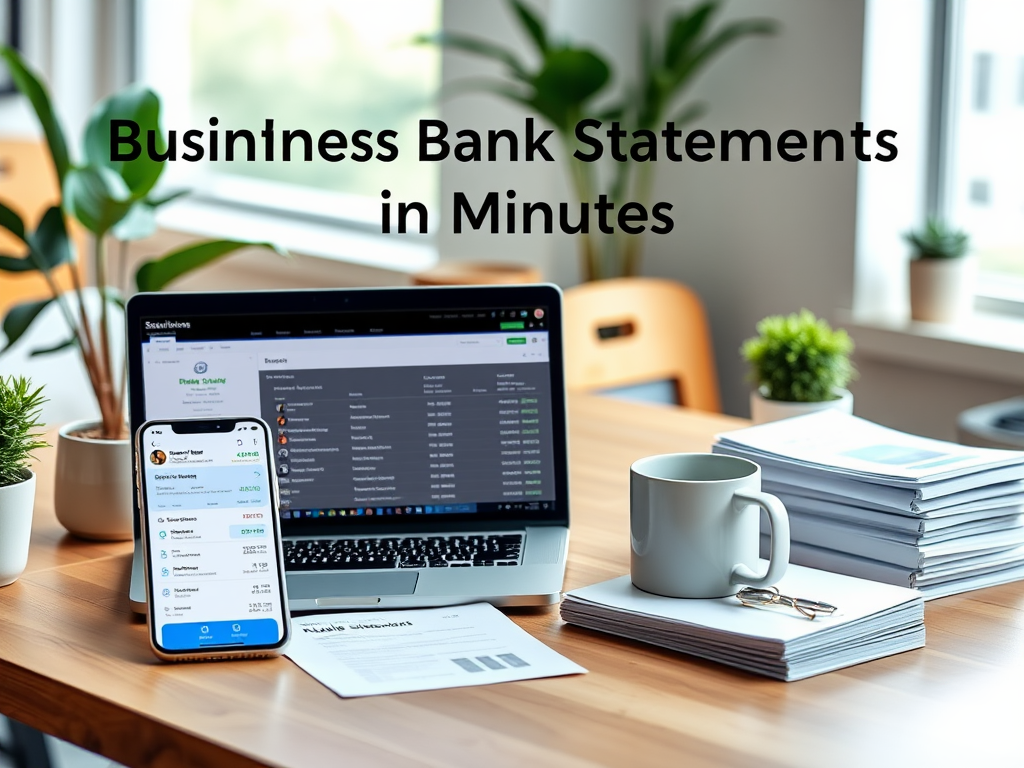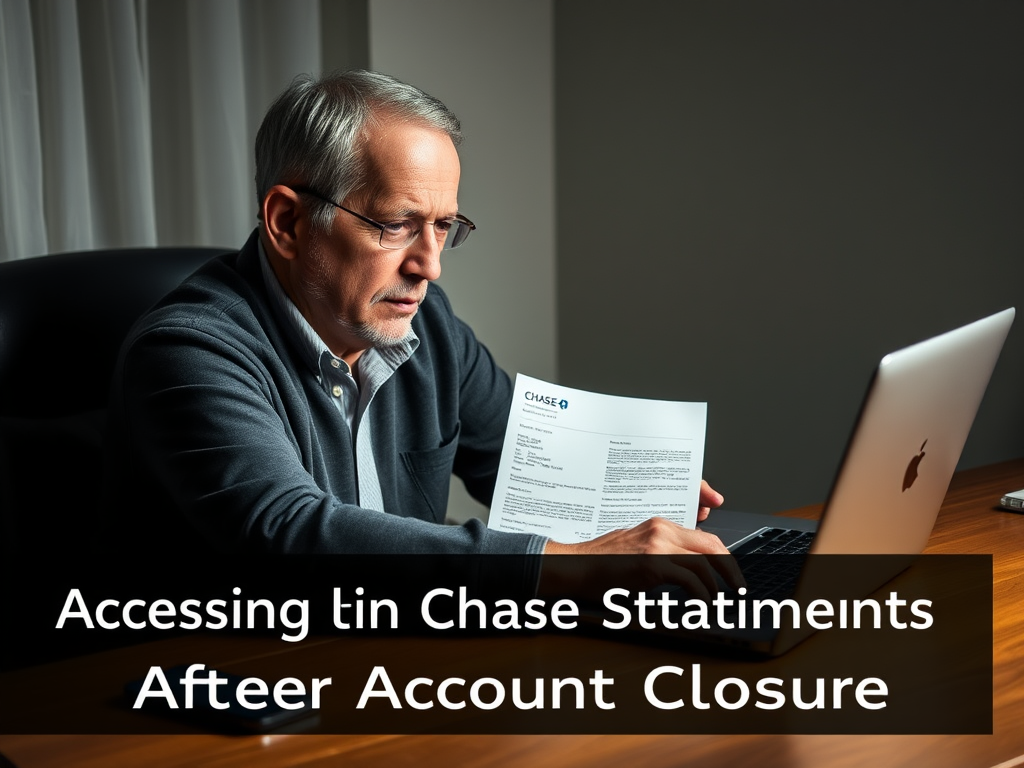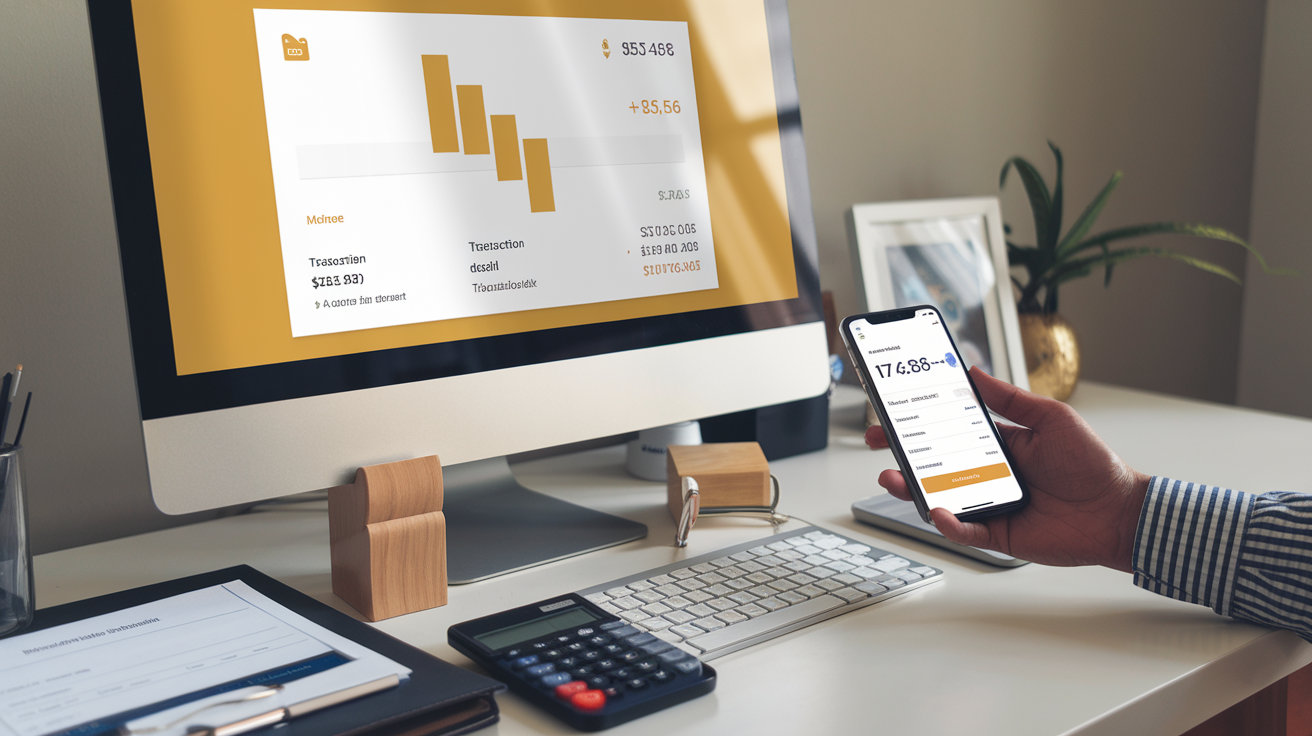📊 No pay stubs? No problem! In today’s gig economy and digital age, traditional income verification methods are becoming outdated. Whether you’re applying for a loan, renting an apartment, or proving your financial stability, not having pay stubs can feel like a major roadblock. But don’t worry – there are simple, effective alternatives at your fingertips.
Imagine being able to demonstrate your income quickly and easily, without the hassle of tracking down elusive pay stubs. In this post, we’ll explore three straightforward methods that can help you prove your income with confidence. From leveraging your bank statements to harnessing the power of digital payment platforms, we’ve got you covered. Let’s dive into these game-changing strategies that can make your life easier and open doors to new opportunities. 🚀
Bank Statements: A Reliable Alternative

How to obtain official bank statements
Obtaining official bank statements is a straightforward process that can be done through various channels. Most banks offer multiple options:
-
Online banking portal
-
Mobile banking app
-
In-person at a branch
-
Request by phone
Here’s a comparison of these methods:
| Method | Convenience | Speed | Cost |
|---|---|---|---|
| Online | High | Instant | Free |
| Mobile App | Very High | Instant | Free |
| Branch Visit | Low | Same-day | May have fees |
| Phone Request | Medium | 3-5 business days | May have fees |
When requesting statements, ensure they cover at least the last three months for a comprehensive income overview.
Highlighting regular income deposits
To effectively use bank statements as proof of income, it’s crucial to highlight regular income deposits. Follow these steps:
-
Identify consistent deposits
-
Mark or highlight these transactions
-
Calculate the total monthly income
-
Prepare a summary sheet if needed
Regular deposits demonstrate a stable income stream, which is what most lenders or landlords look for when verifying income.
Addressing potential concerns from lenders
While bank statements are generally accepted, some lenders may have concerns. Here’s how to address common issues:
-
Inconsistent deposits: Explain any irregularities in income
-
Cash deposits: Provide additional documentation for large cash transactions
-
Multiple accounts: Offer statements from all relevant accounts
-
Business vs. personal: Clearly separate business and personal transactions
By proactively addressing these concerns, you can strengthen your income verification process using bank statements.
Tax Returns: Comprehensive Income Proof

Leveraging past tax returns as income evidence
Tax returns serve as a comprehensive and reliable source of income verification. They provide a detailed snapshot of your financial situation over an entire year, making them an excellent alternative to pay stubs. Here’s how you can effectively use tax returns as proof of income:
-
Recent returns: Provide the most recent 1-2 years of tax returns
-
Consistency: Demonstrate stable income over time
-
Official documentation: Include IRS transcripts for added credibility
| Advantages | Disadvantages |
|---|---|
| Comprehensive view | May not reflect recent changes |
| Officially recognized | Can be complex for non-tax experts |
| Shows multiple income sources | Preparation required annually |
Understanding which forms to use
Different tax forms serve various purposes in income verification. Here are the key forms to consider:
-
Form 1040: Standard individual income tax return
-
Schedule C: For self-employment income
-
Schedule E: For rental property or partnership income
-
W-2: For traditional employment income
Explaining self-employment income
Self-employed individuals can use tax returns to provide a clear picture of their income. Focus on:
-
Schedule C: Details business income and expenses
-
1099 forms: Shows income from various clients
-
Profit and loss statements: Supplements tax return information
Dealing with multiple income sources
Tax returns excel at presenting a complete view of diverse income streams. They capture:
-
Wages from employment
-
Self-employment earnings
-
Investment income
-
Rental income
-
Miscellaneous income
This comprehensive approach makes tax returns particularly valuable for those with complex financial situations. Now that we’ve covered tax returns, let’s explore how digital payment platforms offer a modern approach to income verification.
Digital Payment Platforms: Modern Income Verification

Using PayPal transaction history
PayPal has become a popular platform for receiving payments, especially for freelancers and small business owners. Here’s how you can use your PayPal transaction history as proof of income:
-
Log into your PayPal account
-
Navigate to the “Reports” or “Activity” section
-
Generate a detailed transaction report for the required period
-
Download the report in PDF format for easy sharing
| Advantages | Disadvantages |
|---|---|
| Easy to access | May not be accepted by all institutions |
| Shows detailed transaction history | Requires a PayPal account |
| Can filter by income type | Limited to PayPal transactions only |
Venmo as a proof of income source
Venmo, owned by PayPal, is another digital payment platform that can be used to demonstrate income. To use Venmo for income verification:
-
Access your Venmo account
-
Go to the “Statement” or “Transaction History” section
-
Select the desired date range
-
Export the statement as a PDF or CSV file
Stripe reports for freelancers and small businesses
Stripe is widely used by freelancers and small businesses for online payments. To generate a Stripe income report:
-
Log into your Stripe Dashboard
-
Navigate to the “Reports” section
-
Choose “Balance” or “Payout” reports
-
Customize the date range and export as needed
Tips for presenting digital payment records effectively
When using digital payment platforms for income verification:
-
Organize transactions by date and category
-
Highlight regular income patterns
-
Include a summary of total income for the period
-
Provide context for large or unusual transactions
Addressing security and privacy concerns
While sharing digital payment records, it’s crucial to:
-
Redact sensitive information like account numbers
-
Use secure file-sharing methods when submitting records
-
Only share the minimum necessary information
-
Be prepared to explain any discrepancies or unusual patterns
Now that we’ve explored digital payment platforms as a modern method of income verification, let’s recap the key points of all three easy ways to show proof of income without traditional pay stubs.

Proving your income without traditional pay stubs doesn’t have to be a challenge. Bank statements, tax returns, and digital payment platforms offer reliable alternatives that can effectively demonstrate your financial standing. These methods not only provide a comprehensive view of your income but also cater to various employment situations, including self-employment and gig economy work.
As the job market evolves and income sources diversify, it’s crucial to stay informed about these alternative proof-of-income methods. Whether you’re applying for a loan, renting an apartment, or verifying your income for any other reason, these three easy options can help you confidently showcase your financial stability. Embrace these modern solutions to streamline your income verification process and open doors to new opportunities.






